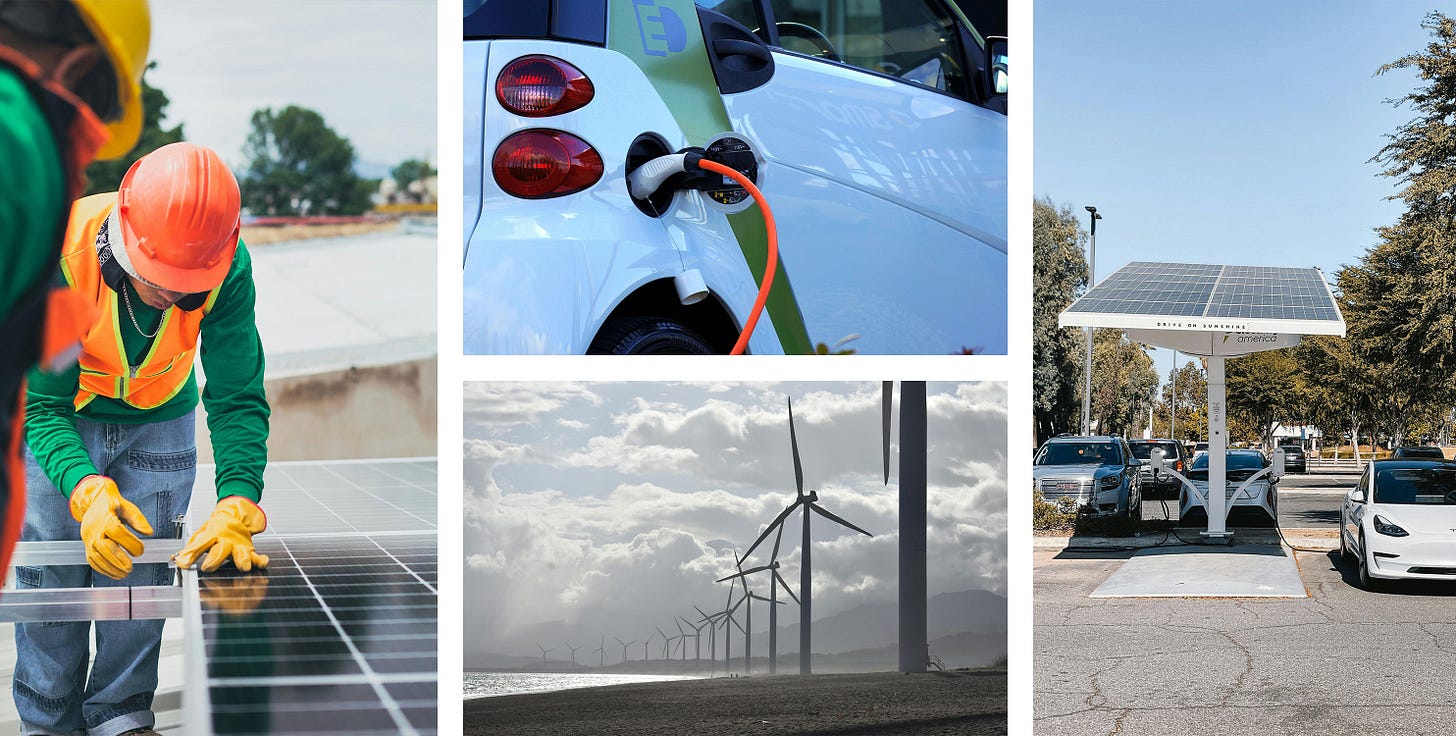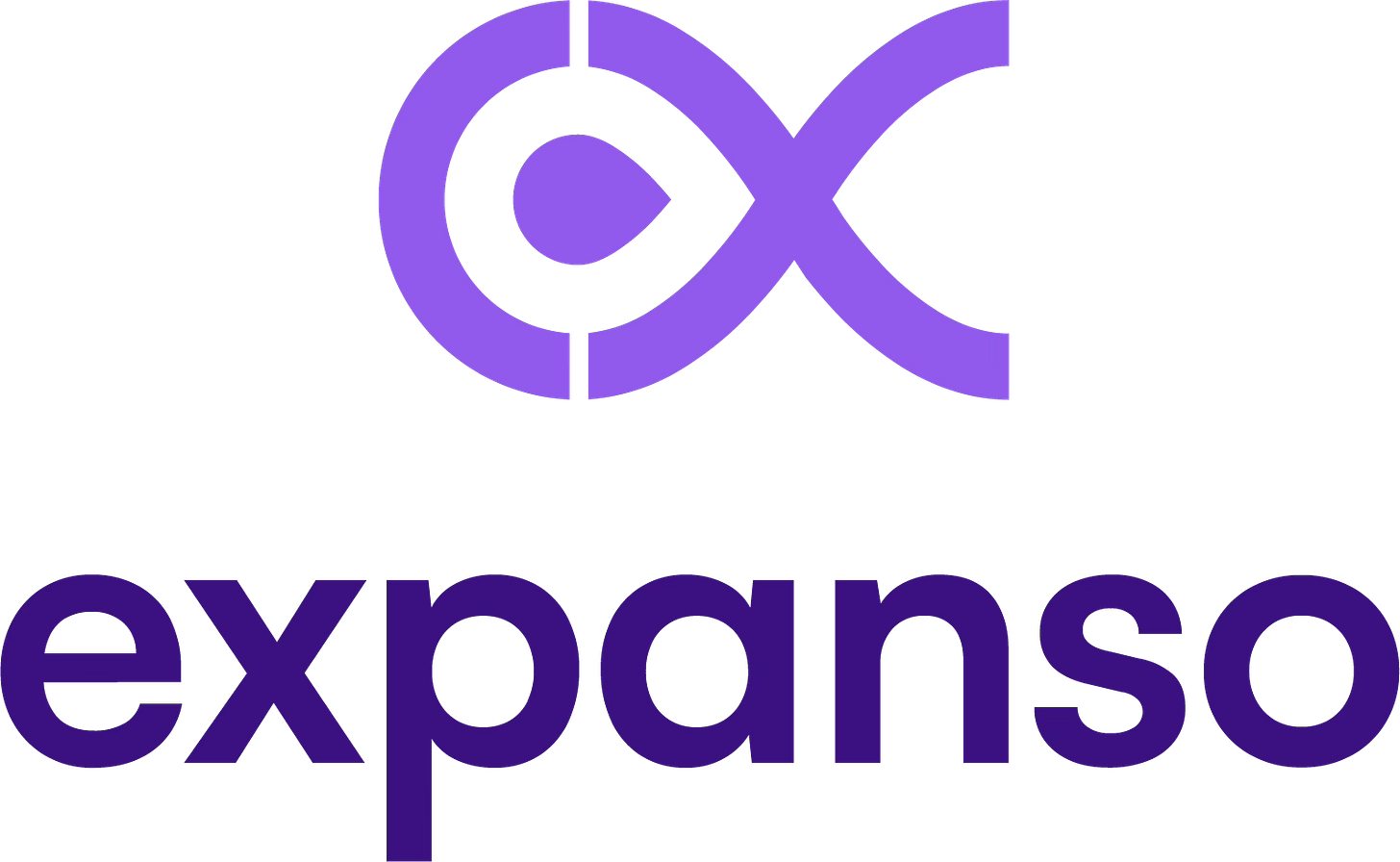The Future of Power: How Distributed Computing is Transforming Renewable Energy Forever
Explore how distributed computing is transforming renewable energy, enhancing grid stability, and promoting sustainability in our latest blog post
The global shift towards renewable energy sources presents a monumental opportunity to build a sustainable future. Driven by government incentives and mandates, we're seeing a surge in Distributed Energy Resources (DERs) such as solar power systems, electric vehicle charging stations, and batteries.
In fact, Gartner predicts over 50% of installed capacity will come from behind-the-meter DERs compared to front-of-meter utility-scale generation by 2025. Additionally, Gartner predicts that up to 30% of energy markets in developing countries will leverage Internet of Energy (IoE) online-to-offline (O2O) platforms in the same period.
However, integrating and managing these diverse energy sources poses significant challenges for utilities and grid operators, many of which operate within closed, vendor-specific ecosystems.
Distributed computing offers a powerful solution to these challenges by enabling decentralized data processing and management, revolutionizing how we harness and distribute renewable energy.
From optimizing grid operations to empowering energy consumers, distributed computing sits at the heart of the latest push to build a smarter, more resilient energy ecosystem.
This article explores how distributed computing is reshaping the energy industry, focusing on its role in integrating DERs, improving grid efficiency, empowering consumers, and enabling smarter energy systems.
The Role of Distributed Computing in Renewable Energy
With DERs, energy can be produced from smaller sources closer to the point of consumption. This decentralized approach enables a more flexible and resilient energy grid, reduces transmission losses, and promotes energy self-sufficiency.
Distributed computing empowers this innovation by facilitating smart grid technology, enabling real-time data collection, analysis, and control of DERs - providing valuable insights into energy consumption patterns and optimizing the management of renewable energy sources
Distributed computing is especially effective at the grid edge, where the benefits for DERs over centralized power generation are greater and allows for faster decision-making and localized optimization of energy flows. This ultimately leads to a more reliable and sustainable energy system.
Benefits to Customers
Participation in Demand-Response Programs: Distributed computing empowers consumers to participate in demand-response programs. These programs allow consumers to adjust their energy usage in response to signals from the grid operator. For instance, during periods of high demand, consumers can reduce their energy consumption or shift it to off-peak times, helping to balance supply and demand. This not only contributes to grid stability but also enables consumers to earn incentives or rebates from utility companies.
Enhanced Control: Distributed computing facilitates real-time monitoring and analysis of energy consumption patterns, giving consumers greater control over their energy usage and costs. Through smart meters and personalized energy management systems, consumers can receive personalized recommendations and automate energy-saving actions. These systems can optimize heating and cooling schedules, manage appliance use, and provide insights into consumption patterns, helping consumers reduce their energy bills and lower their environmental impact.
Case Studies and Examples
Brooklyn Microgrid: The New York City project demonstrates the potential of DERs working together as a microgrid. The Brooklyn Microgrid can operate independently of the main grid, enhancing grid resilience and reducing reliance on fossil fuels.
Virtual Power Plants (VPPs): VPPs are formed by aggregating numerous DERs, including residential solar panels, electric vehicle batteries, and energy storage systems. These VPPs can participate in energy markets, providing grid services like frequency regulation and peak shaving. Australia has seen rapid growth in the deployment of virtual power plants, which have helped to stabilize the grid during periods of high energy demand and increased renewable energy penetration.
Denmark's Wind Energy: Denmark has successfully integrated a high penetration of wind energy into its grid, thanks in part to the adoption of advanced grid management systems and distributed energy resources. This has led to significant reductions in greenhouse gas emissions and increased energy independence.
Challenges and Limitations
While the integration of renewable energy through distributed computing offers immense potential and return, there are still technical and security challenges to overcome:
Technical Challenges
Grid Stability: With rising electricity demand, the intermittent availability of renewables, and the proliferation of third-party DERs strain brittle grid infrastructure, power grids can begin to suffer from instability. As the energy transition continues to evolve, energy provisioning is an increasingly fragmented operation that needs to coordinate and manage multiple actors outside utility operations.
Scalability and Infrastructure: Expanding distributed computing systems requires robust infrastructure capable of handling vast data volumes and complex algorithms. Integrating these systems with existing grid infrastructure presents compatibility challenges and requires significant investment.
Data Management: The sheer volume of data generated by smart meters and other devices poses challenges in efficient management, processing, and analysis. Ensuring data accuracy, speed, and reliability is crucial for real-time decision-making.
Algorithm Complexity: Developing algorithms to optimize energy distribution across decentralized networks is complex and requires continuous refinement to adapt to dynamic grid conditions.
Interoperability and Cloud Adoption: Achieving seamless communication between diverse energy systems and technologies is hindered by varying standards and protocols. The current cloud landscape often restricts data exchange between different vendors, limiting scalability and interoperability. A cross-cloud, cross-vendor infrastructure is essential for overcoming these limitations.
Security and Privacy Concerns
Cybersecurity Threats: The development of decentralized energy systems introduces a large surface area for attacks and vulnerabilities that can be exploited by malicious actors. Protecting against cyberattacks is crucial to maintaining grid stability and preventing financial losses.
Data Privacy: The collection of detailed energy consumption data raises privacy concerns. Strong data protection measures are essential to safeguard consumer information.
Regulatory Compliance: Utilities must navigate complex regulatory landscapes to ensure compliance with cybersecurity and data privacy laws while avoiding penalties and maintaining consumer trust.
Vendor Lock-In: Reliance on specific cloud providers or technology stacks can limit flexibility and increase costs. Promoting interoperability and data exchange across different platforms is crucial.
Bacalhau can help!
Bacalhau: A Versatile Platform for Distributed Computing
Bacalhau is a powerful, decentralized computing platform designed to streamline complex workloads across diverse infrastructure environments. As a cross-platform, cross-vendor service, it offers unparalleled flexibility and adaptability.
Core Benefits of Bacalhau
Unify Your Infrastructure: Bacalhau enables seamless execution of jobs and algorithms across heterogeneous computing resources, whether they reside on-premises, in the cloud, or at the edge. This unified approach eliminates the complexities of managing multiple environments.
Focus on Your Core Competencies: By abstracting away the underlying infrastructure, Bacalhau allows you to concentrate on developing and optimizing your applications and algorithms. Its robust platform handles the complexities of distributed computing, freeing you to innovate.
Enhanced Security and Compliance: Bacalhau incorporates robust security measures to protect your data and applications. Its decentralized architecture minimizes the risk of single points of failure, enhancing overall system resilience. Additionally, with localized data processing, Bacalhau can be configured to comply with various industry regulations and standards.
Accelerate Data Processing: Bacalhau's ability to distribute workloads across multiple computing resources significantly accelerates data processing tasks. Whether you're dealing with large datasets or computationally intensive algorithms, Bacalhau delivers exceptional performance.
For more information on how Bacalhau can power your transition to distributed energy resources, we’ve published an overview of the benefits and applications here.
Conclusion
As the energy landscape rapidly evolves towards decentralized and renewable source, the creation, integration, and management of DERs present both substantial challenges and immense opportunities.
Addressing these challenges requires a powerful, secure, and flexible platform that simplifies management and enables DER providers to make smarter, faster decisions
We believe that Bacalhau is that platform - offering robust decentalized computing, real-time data processing, and enhanced security to drive for the transition to a more reliable, sustainable energy future.
How to Get Involved
We welcome your involvement in Bacalhau. There are many ways to contribute, and we’d love to hear from you. Please reach out to us at any of the following locations.
Commercial Support
While Bacalhau is open-source software, the Bacalhau binaries go through the security, verification, and signing build process lovingly crafted by Expanso. You can read more about the difference between open-source Bacalhau and commercially supported Bacalhau in our FAQ. If you would like to use our pre-built binaries and receive commercial support, please contact us!







